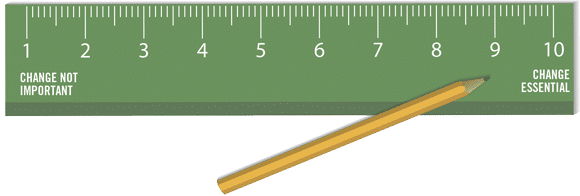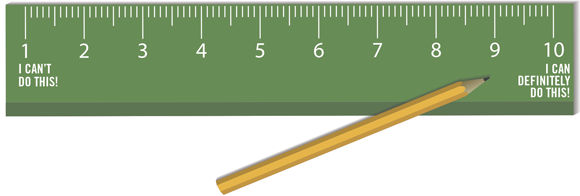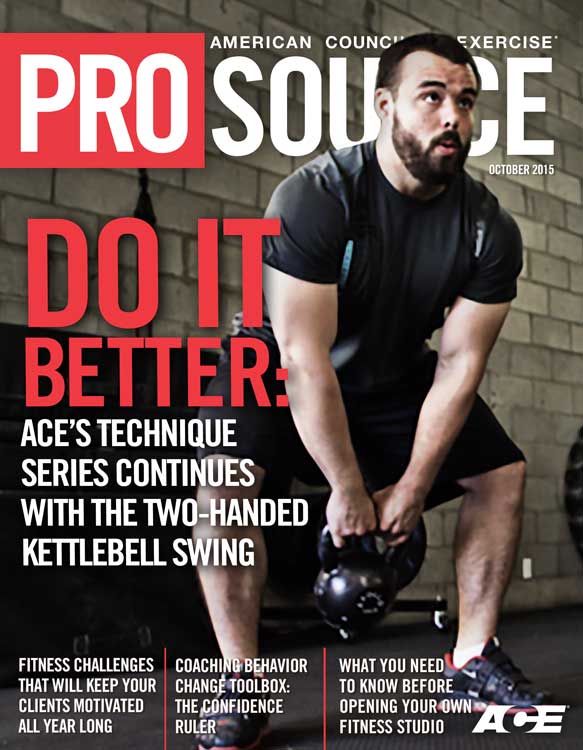
Looking to incorporate more behavior-change tools into your practice, but not sure how or where to get started? The confidence ruler may be just what you need. First described by Bill Miller and Stephen Rollnick, the founders of motivational interviewing, the confidence ruler offers a quick way to get a sense of a client’s readiness to change, while also presenting an opportunity to spark “change talk” (the phrase Miller and Rollnick use to describe a client voicing reasons to change). Here’s how it works:
First, ask a client on a scale of 1 to 10, 1 being not at all important and 10 being essential, how important is it to make a change. Alternatively, you could offer a piece of paper that looks like this and ask the client to mark the spot:

When your client offers a number, let’s say a 5, ask the client, “Why a 5 and not a 1?” By asking this question, you prompt the client to talk his or her way up the ruller by explaining why changing might be important—perhaps to prevent a disease, improve health, make activities of daily living easier, etc. If you were to ask the client the question in reverse—“Why a 5 and not an 8?”—you would have prompted the client to talk his or her way down the ruler by explaining why changing is not that important. Miller and Rollnick call this “sustain talk,” or the voicing of reasons not to change. All that does is help a client more firmly commit to not changing.
After your client describes some reasons why the change is moderately important, ask: “What would it take to get from a [5] to an [8]?” Now, you have prompted the client to come up with some potential solutions.
Repeat this process with the next question:
“On that same 1 to 10 scale, how confident are you that you can make this change?”

This answer to this question reveals a client’s degree of self-efficacy. Through your prompts (as in the first question), you can help a client make a case for why he or she can do it, as well as ways to possibly increase self-efficacy.
By the end, you’ve helped your client move a little closer to changing while also getting a good sense of where he or she stands currently on the behavior-change journey. This will help you plan out and tailor your behavior-change or physical-activity intervention.
________________________________________________________________________________





 by
by 




